A Lion’s Roar Can Be Heard From 5 Miles Away

Picture standing in the middle of a city and hearing someone shout from the other side of town. That’s essentially what a lion’s roar accomplishes in the wild. Their powerful vocalizations can travel up to 5 miles across open terrain, making them one of nature’s most effective long-distance communicators. This incredible range helps lions coordinate hunts, mark territory, and stay connected with pride members across vast African landscapes. The sound waves actually travel through the ground as well as the air, creating a thunderous announcement that demands attention from every creature within range.
Their Vocal Cords Are Built Like Acoustic Powerhouses
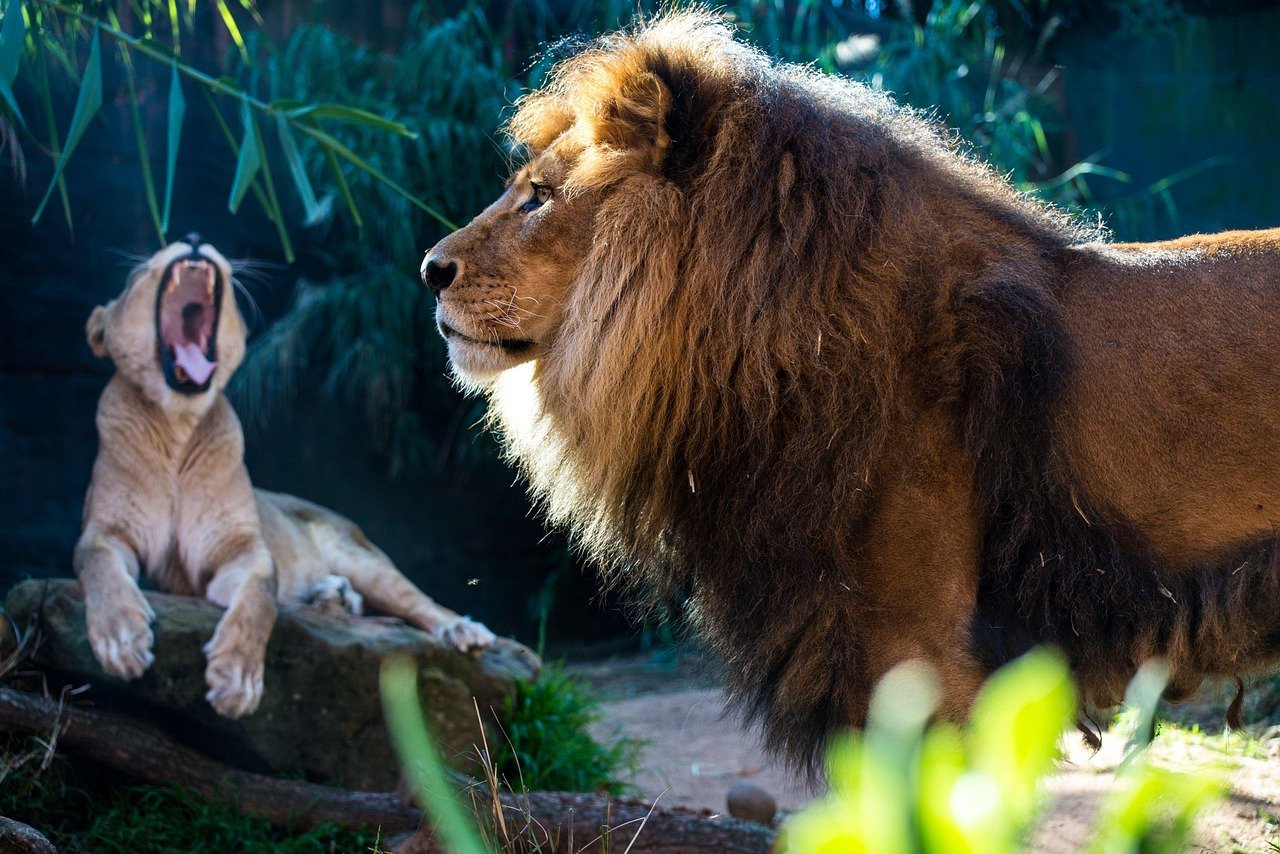
A lion’s larynx is basically the Ferrari of the animal kingdom’s vocal equipment. Unlike house cats, lions have specialized vocal cords that are square-shaped rather than triangular, allowing them to produce those bone-rattling roars. These vocal cords can stretch and vibrate at incredibly low frequencies, creating sounds that penetrate through dense vegetation and rocky terrain. The entire structure is reinforced with extra cartilage and muscle, making it capable of withstanding the intense pressure needed to generate such powerful vocalizations. It’s like having a built-in amplifier system that would make any rock star jealous.
Baby Lions Start “Roaring” at Just 2 Months Old
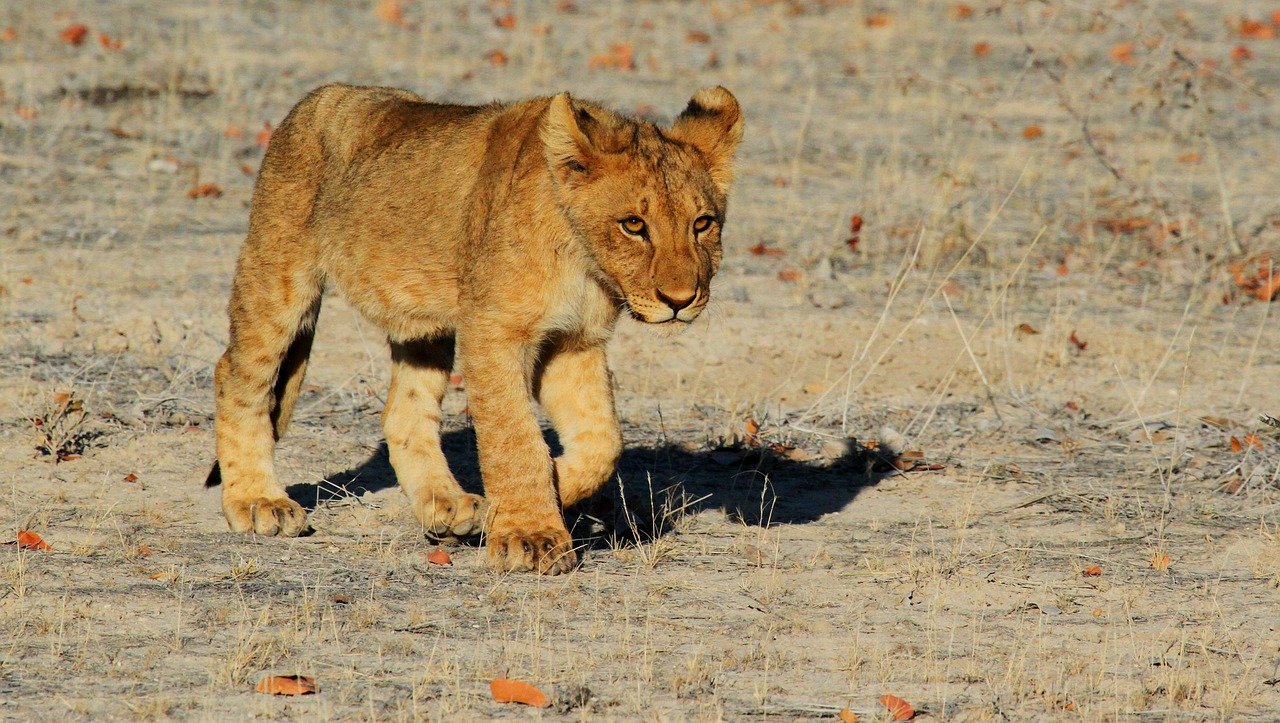
Lion cubs don’t wait around to find their voice – they start practicing their vocal skills almost immediately after birth. At just two months old, these fuzzy little balls of energy begin producing miniature roars that sound more like adorable squeaks. Their tiny vocal cords gradually strengthen and develop over the first two years of life, like a musician practicing scales before performing a symphony. By the time they reach adulthood, all that early practice pays off in the form of earth-shaking roars. Think of it as the world’s cutest voice training program, where the graduation ceremony involves terrifying every other animal in a five-mile radius.
Male Lions Have Deeper Voices Than Females
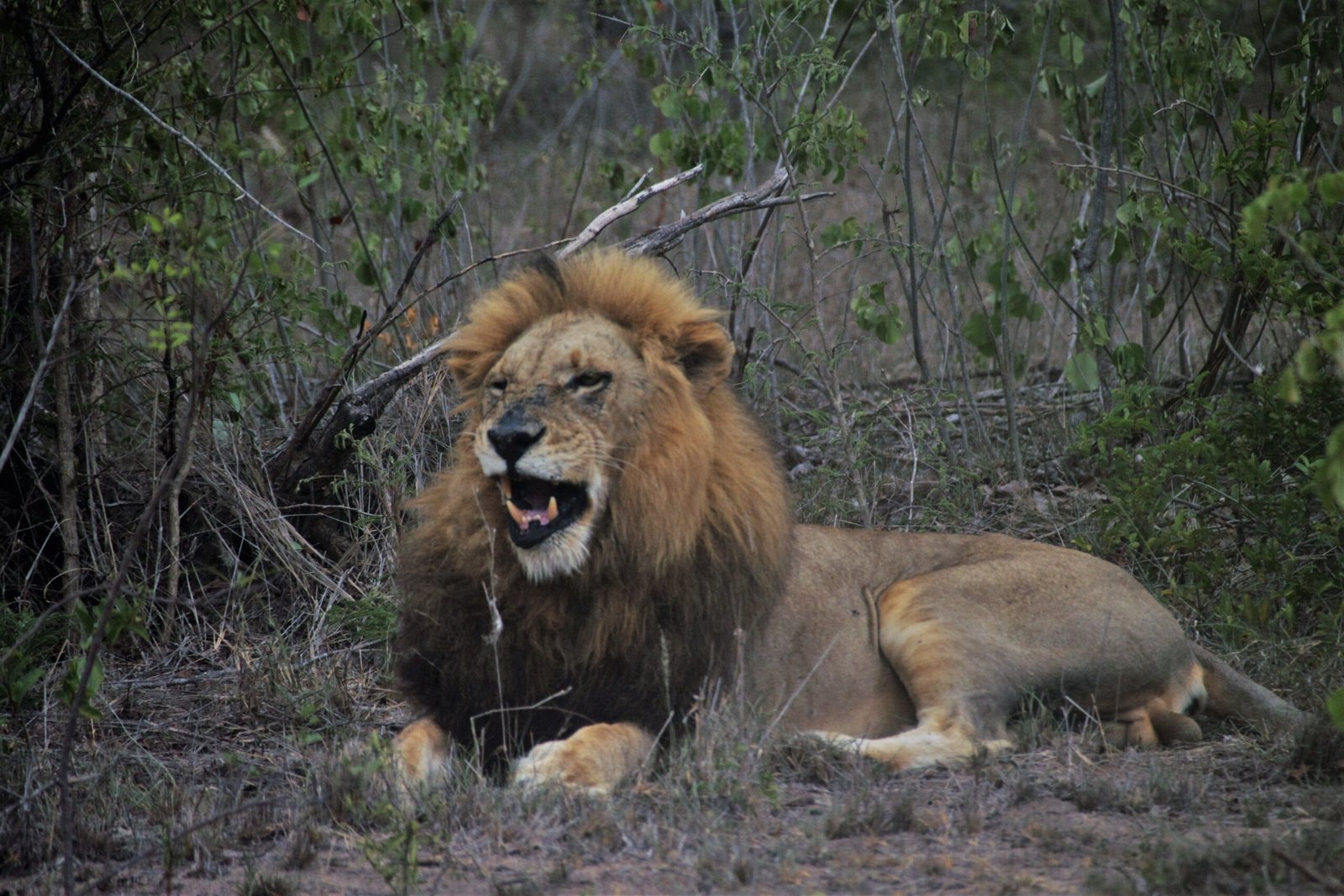
Just like human teenagers going through puberty, male lions develop significantly deeper voices than their female counterparts. A mature male’s roar can drop to frequencies as low as 50 Hz, which is so deep that humans feel it more than hear it. Female lions typically roar at higher pitches, around 400-1000 Hz, creating a distinct vocal signature that helps pride members identify each other. The testosterone-fueled development of larger vocal structures in males serves multiple purposes – from intimidating rivals to attracting mates. It’s nature’s way of giving male lions their own bass-heavy soundtrack for ruling the savanna.
Lions Use Different Roars for Different Messages
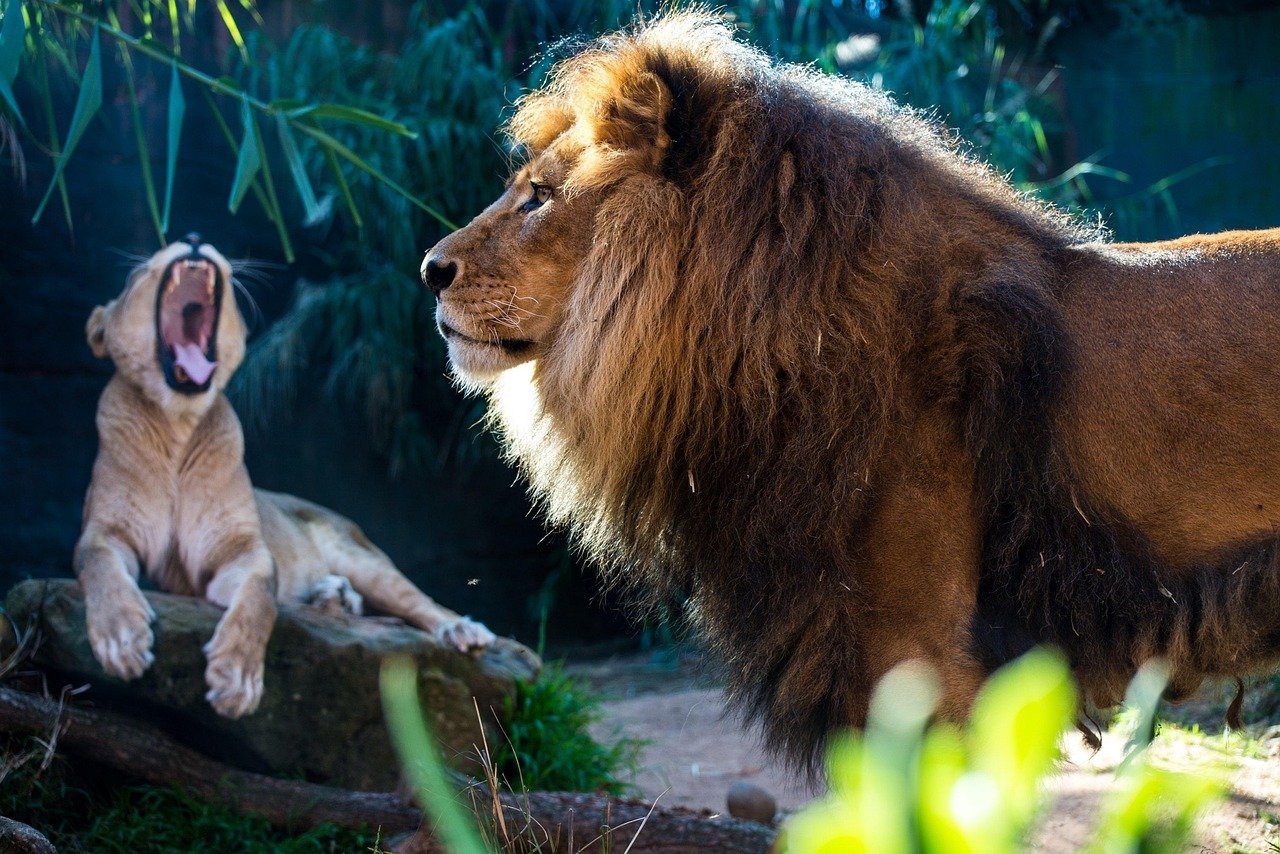
A lion’s roar isn’t just random noise – it’s a sophisticated communication system with various “settings” for different situations. They have contact roars for calling distant pride members, territorial roars for warning off intruders, and aggressive roars for confronting rivals. Each type has distinct pitch patterns, duration, and intensity levels that other lions instantly recognize and respond to accordingly. Scientists have identified at least seven different roar categories, making lions essentially multilingual in their own vocal language. It’s like having a built-in walkie-talkie system with different channels for different types of conversations.
The Ground Actually Shakes When Lions Roar

When a lion lets loose with a full-power roar, the vibrations don’t just travel through the air – they literally shake the earth beneath your feet. These seismic vibrations can be detected by sensitive equipment from remarkable distances, creating a two-channel communication system that’s both audible and physical. Other animals, including prey species, can feel these ground vibrations through their paws and bodies, giving them an early warning system about approaching danger. The combination of airborne and ground-transmitted sound waves makes a lion’s roar nearly impossible to ignore or escape. Nature basically gave lions their own earthquake generator for maximum intimidation effect.
Lions Can Recognize Individual Voices from Miles Away
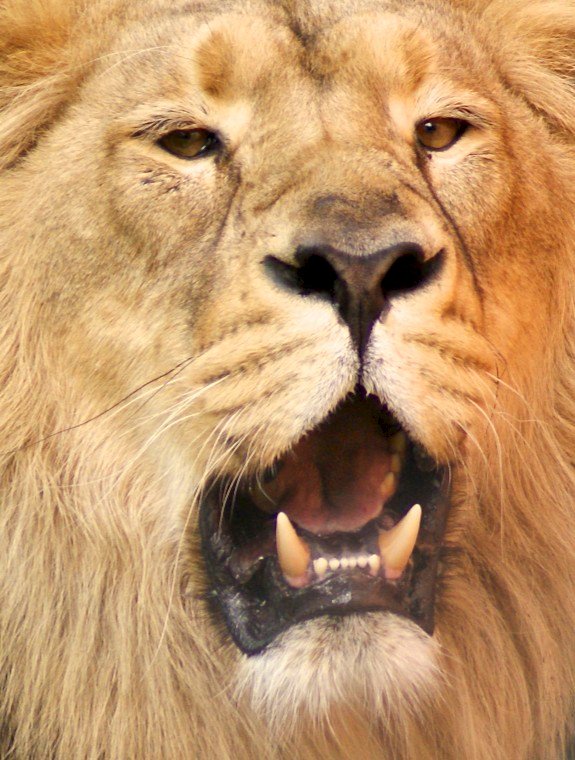
Each lion’s roar is as unique as a human fingerprint, containing specific vocal characteristics that other pride members can identify from incredible distances. Lions have been observed responding differently to roars from familiar versus unfamiliar individuals, showing they can distinguish between hundreds of different vocal signatures. This remarkable auditory recognition helps prevent unnecessary conflicts and allows pride members to locate each other across vast territories. Mothers can identify their cubs’ calls among dozens of other young lions, while males can recognize potential rivals before they even see them. It’s like having a sophisticated caller ID system that works across the entire African savanna.
A Single Roar Contains Multiple Sound Frequencies Simultaneously

Lion roars aren’t simple sounds – they’re complex acoustic compositions that contain multiple frequency layers happening at the same time. Low-frequency rumbles provide the power and distance, while higher-pitched elements add clarity and individual identification markers. This multi-layered approach ensures the message gets through regardless of environmental conditions like wind, vegetation, or competing sounds from other animals. The sophisticated frequency mixing happens naturally through the lion’s specialized vocal anatomy, creating what scientists call “formant frequencies” that maximize communication effectiveness. Think of it as nature’s version of surround sound technology, engineered for maximum impact and clarity.
Lions Roar More at Night Than During the Day
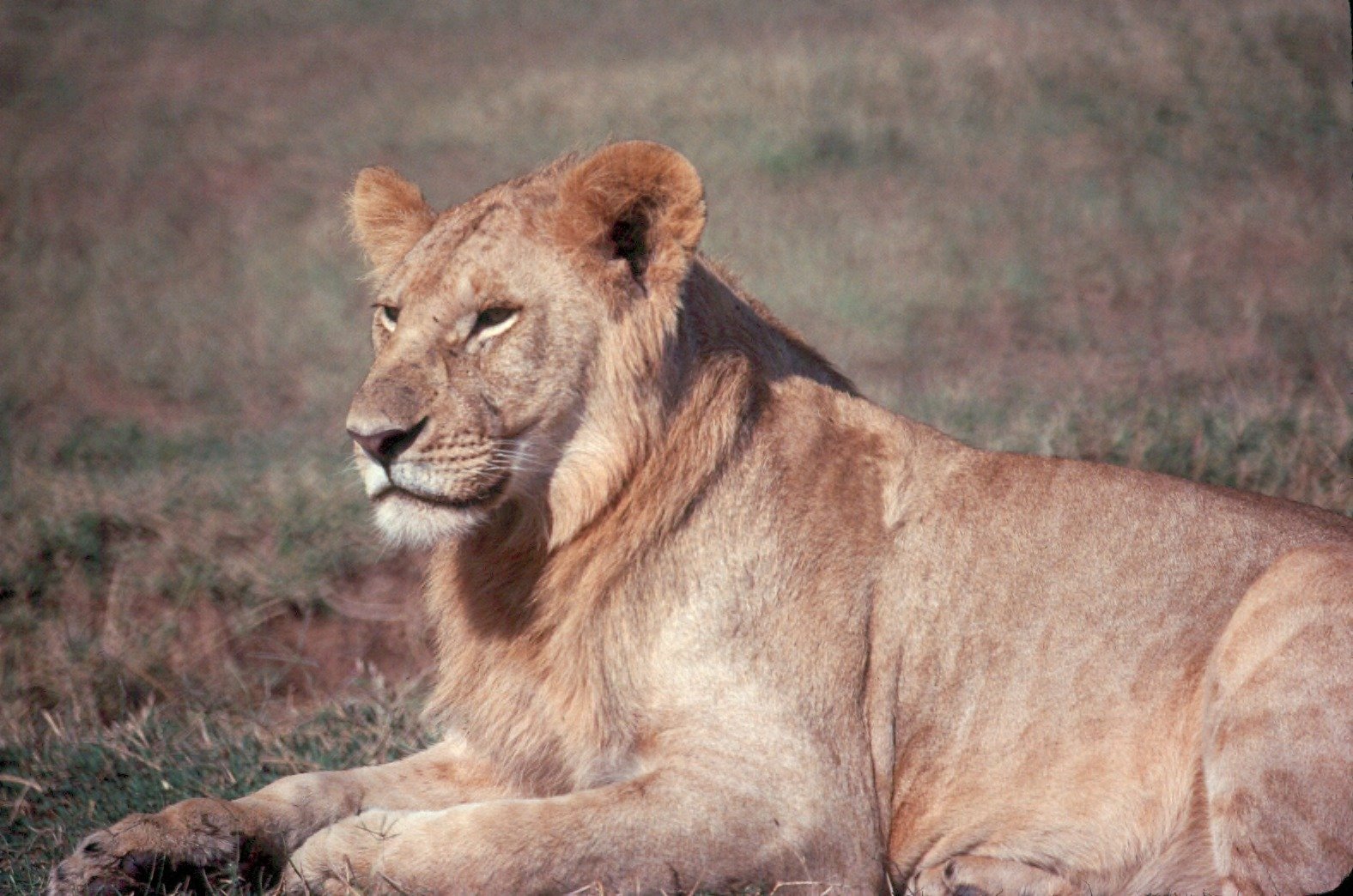
The African night becomes a concert hall when lions decide it’s time to communicate, with most roaring activity occurring during evening and early morning hours. Cooler nighttime air carries sound waves farther and more clearly than hot daytime conditions, making it the perfect time for long-distance messaging. Lions have adapted their vocal behavior to take advantage of these acoustic conditions, timing their most important communications for maximum effectiveness. The darkness also provides cover for territorial disputes and pride coordination activities that require vocal communication. It’s like lions discovered the best cell phone reception happens after sunset and adjusted their calling schedule accordingly.
Other Big Cats Can’t Roar Like Lions

Despite popular belief, most big cats can’t produce true roars like lions – they’re stuck with various forms of purring, chirping, or screaming instead. Only lions, tigers, leopards, and jaguars possess the specialized hyoid bone structure needed for genuine roaring, but even among these, lions are the undisputed champions of volume and range. Cheetahs, despite their impressive size, can only produce high-pitched chirps and purrs like oversized house cats. Mountain lions make spine-chilling screams that sound terrifying but lack the deep, resonant power of true roars. Lions essentially won the evolutionary lottery when it comes to vocal intimidation equipment.
A Lion’s Roar Can Trigger Fear Responses in Humans
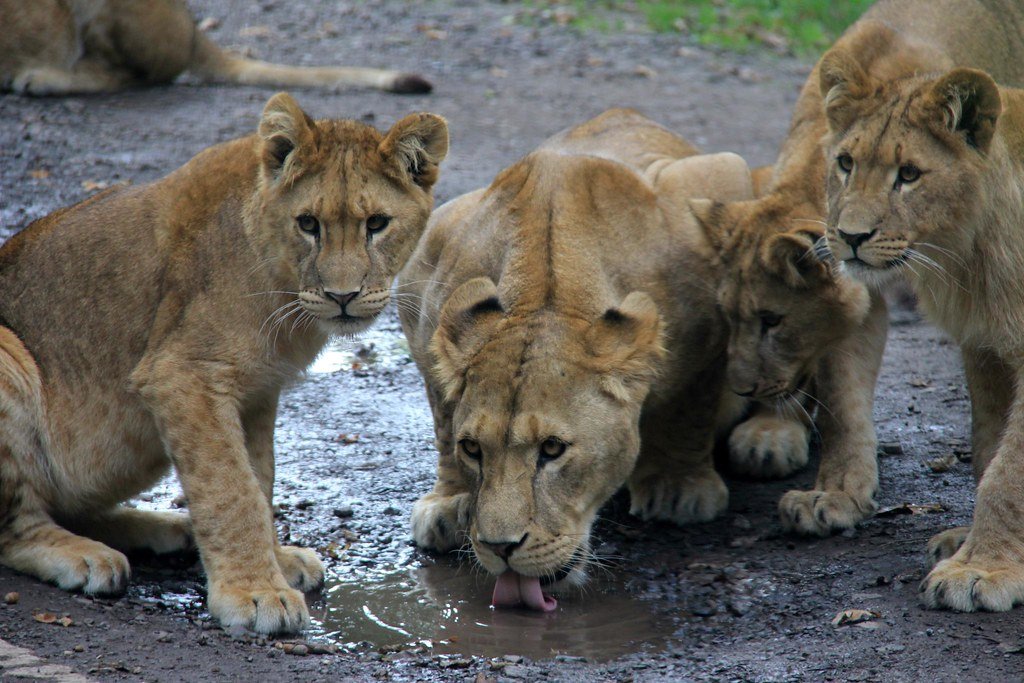
There’s a reason why lion roars in movies send chills down your spine – human brains are hardwired to respond with fear and awe to these prehistoric sounds. The low-frequency vibrations in lion roars trigger ancient survival instincts that helped our ancestors avoid becoming big cat snacks thousands of years ago. Even people who have never seen a lion in person report feeling immediate anxiety, increased heart rate, and heightened alertness when hearing recorded roars. This involuntary response demonstrates how deeply these sounds are embedded in human evolutionary memory. Essentially, lions have been successfully terrifying humans for so long that our brains still haven’t gotten the memo that we’re (usually) safe from them.
Did you ever imagine that a simple roar could be such a masterpiece of natural engineering and communication?
Hi, I’m Bola, a passionate writer and creative strategist with a knack for crafting compelling content that educates, inspires, and connects. Over the years, I’ve honed my skills across various writing fields, including content creation, copywriting, online course development, and video scriptwriting.
When I’m not at my desk, you’ll find me exploring new ideas, reading books, or brainstorming creative ways to solve challenges. I believe that words have the power to transform, and I’m here to help you leverage that power for success.
Thanks for stopping by, Keep coming to this website to checkout new articles form me. You’d always love it!






